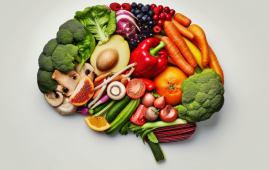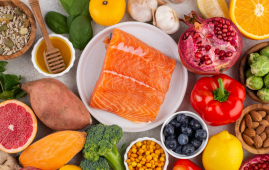

more recommended stories
 Balanced Diet Linked to Enhanced Brain Health
Balanced Diet Linked to Enhanced Brain HealthDiet and brain health are strongly.
 Nutrient Optimization: Vitamin D for Health
Nutrient Optimization: Vitamin D for HealthResearchers addressed the prevalence of vitamin.
 DASH Diet Reduces Cardiovascular Disease Risk in Breast Cancer Survivors
DASH Diet Reduces Cardiovascular Disease Risk in Breast Cancer SurvivorsA recent publication in JNCI Cancer.
 Heart Failure Treatment Advancements
Heart Failure Treatment AdvancementsIn a recent report published in.
 Hypertension Risk: Mediterranean Diet Study
Hypertension Risk: Mediterranean Diet StudyResearchers evaluated the long-term effects of.
 AI-driven Neural Implants: Innovations and Ethics
AI-driven Neural Implants: Innovations and EthicsResearchers conducted multiple focus group sessions.
 Psychobiotics and Microbial Therapies for Mental Health
Psychobiotics and Microbial Therapies for Mental HealthResearchers examined the use of psychobiotics.
 Female Reproductive Health: Role of Minerals
Female Reproductive Health: Role of MineralsAustrian researchers have published a review.
 ChatGPT Accuracy and Health Information Risks
ChatGPT Accuracy and Health Information RisksAccording to a groundbreaking study on.
 Maternal Stress Linked to Atopic Dermatitis Risk in Children
Maternal Stress Linked to Atopic Dermatitis Risk in ChildrenAccording to a study published in.

Leave a Comment